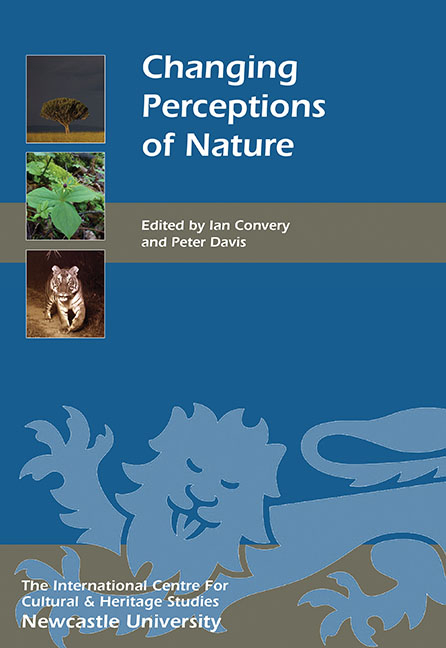Book contents
- Frontmatter
- Contents
- List of Illustrations
- Acknowledgments
- List of Abbreviations
- Foreword
- Introduction
- HISTORICAL PERSPECTIVES ON NATURE
- COLLECTING NATURE
- 7 Renaissance Collecting and Understanding of the Natural World
- 8 Botanical Collecting, Herbaria and the Understanding of Nature
- 9 Taxidermy and the Representation of Nature
- 10 The Significance of Natural History Collections in the Twenty-first Century
- INTERPRETING NATURE AND LANDSCAPES
- CONSERVING NATURE
- PEOPLE–NATURE INTERACTIONS
- List of Contributors
- Index
- Miscellaneous Endmatter
7 - Renaissance Collecting and Understanding of the Natural World
from COLLECTING NATURE
Published online by Cambridge University Press: 26 October 2017
- Frontmatter
- Contents
- List of Illustrations
- Acknowledgments
- List of Abbreviations
- Foreword
- Introduction
- HISTORICAL PERSPECTIVES ON NATURE
- COLLECTING NATURE
- 7 Renaissance Collecting and Understanding of the Natural World
- 8 Botanical Collecting, Herbaria and the Understanding of Nature
- 9 Taxidermy and the Representation of Nature
- 10 The Significance of Natural History Collections in the Twenty-first Century
- INTERPRETING NATURE AND LANDSCAPES
- CONSERVING NATURE
- PEOPLE–NATURE INTERACTIONS
- List of Contributors
- Index
- Miscellaneous Endmatter
Summary
Interest in Renaissance engagement with the natural world has come to be focused, in recent years, on the cabinet of curiosities, a highly artificial setting in which the products of the manmade and the natural world were assembled according to conventions that sought to exemplify the whole of Creation in a symbolic rather than a literal sense. The fact that many of the foremost naturalists of the day possessed cabinets of this kind might seem to reinforce the appropriateness of such an emphasis, but as with all syllogisms the premise is an unreliable one: cabinets served important social functions in representing the naturalists’ work to the wider world in a formalised manner − just as the illustrations and catalogues that purport to show their contents and arrangement did so according to a different set of conventions − but individually none of these adequately reflects the way in which the natural world came to be interrogated under the innovative practice of Renaissance scholarship.
THE TESTIMONY OF THE EYES
It remains hard to find evidence, throughout the Middle Ages, of any understanding of the animal world that is not heavily reliant on classical sources, notably the works of Aristotle and Pliny the Elder. At its most basic, the new scholarship which began to emerge at the end of the Renaissance was characterised by the willingness of naturalists to engage directly with their materials and to privilege the evidence gained by personal observation over that handed down from antiquity. This would become the essential feature of natural history studies from the seventeenth century onwards, but that of the 1500s remained predicated on a different basis, extending to include ‘material we would consider literary, moral, and theological as opposed to “scientific”.’ By way of illustration, Peter Harrison (2004, 89) points out that in the introductory epistle to the Historia Animalium (1551–4) − surely the greatest monument of Renaissance scholarship on a zoological theme − Conrad Gessner (1516–1565) is proud to claim that its contents are drawn from over 250 Greek and Latin sources, while the title-page of the Historie of Foure-footed Beastes (1607) of Edward Topsell (1572–1625) proudly proclaims the contents to have been compiled from ‘Narrations out of Scriptures, Fathers, Phylosophers, Physicians, and Poets’ (see Ashworth 1996; Harrison 2004).
- Type
- Chapter
- Information
- Changing Perceptions of Nature , pp. 75 - 88Publisher: Boydell & BrewerPrint publication year: 2016

